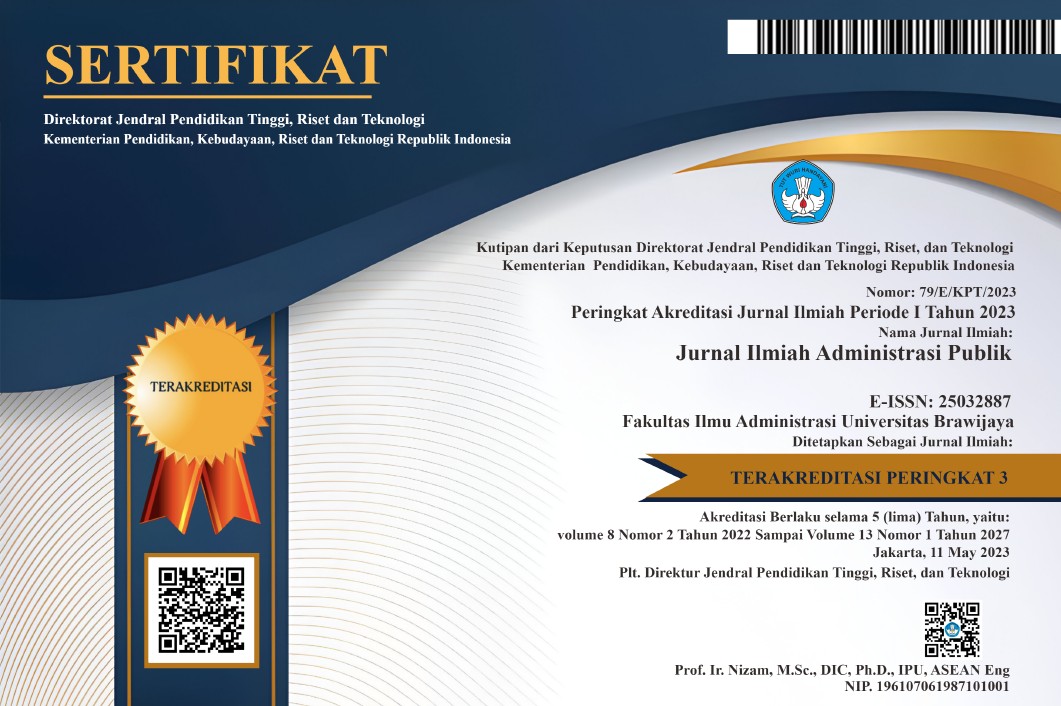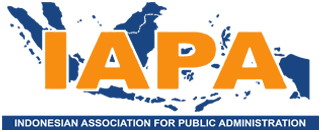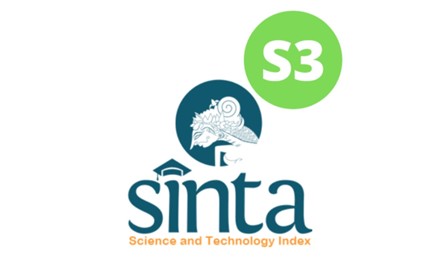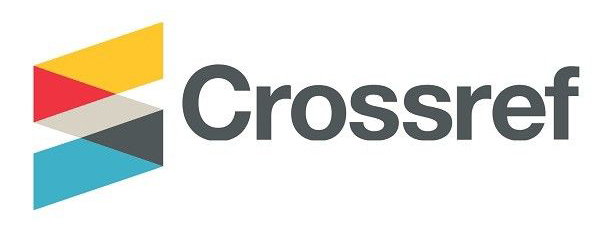Pemberdayaan Masyarakat dengan Pendekatan Triple Helix untuk Pengembangan Kompetensi Wirausaha Masyarakat Desa Mandiri Energi
DOI:
https://doi.org/10.21776/ub.jiap.2019.005.03.5Keywords:
triple helix, empowerment, entrepreneurship, university, corporate, governmentAbstract
Community empowerment with the triple helix approach is a community empowerment method that involves three actors, namely: universities, companies and government. Collaboration carried out by the three actors is carried out simultaneously which maintains a balance of shared roles. The purpose of this study is to explain and analyze the implementation of Community Empowerment in Bendosari Energy Independent Village, Pujon Subdistrict with the Triple Helix approach which is carried out by universities, companies and government to develop community entrepreneurship competencies based on local wisdom. The results of this study indicate that community empowerment in Bendosari Village conducted by the three actors is directed to improve community welfare. Empowerment activities are grouped in the fields of infrastructure, community capacity building in the entrepreneurship of local agricultural products and tourism, and the social institutions of rural communities.References
Etzkowitz, H & Leydesdorff, L (2000). The Dynamics of Innovation: From National Systems and ‘Mode 2’ to a Triple Helix of University-Industry-Government Relations. Research Policy, Vol. 29, No. 22, pp.100-123.
Etzkowitz, H. (2003). Innovation in Innovation: The Triple Helix of University-Industry-Government Relations. Social Science Information, Vol. 42, No. 3, pp.293-338.
Leydesdorff, L. & Etzkowitz, H. (2001). The Transformation of University-Industry-Government Relations. Electronic Journal of Sociology, Vol. 5, No. 4, pp.338-344.
Leydesdorff, L. (2010). The Knowledge-Based Economy and The Tiple Helix Model. Annual Review of Information Science and Technology, Vol. 44, pp.367-417.
Meredith et al., (1996). Kewirausahaan; Teori dan Praktek (Terjemahan). Jakarta: PT. Pustaka Binaman Pressindo.
Nazir, Moh. (2005). Metode Penelitian. Bogor: Ghalia Indonesia.
Pekerti, Anugerah. (1997). Mitos dan Teori dalam Pengembangan Kewirausahaan. Bahan Seminar Operasionalisasi KKNU dan KKB, UNISSULA, Semarang, 13 September.
Perkins, Douglas D., & Marc, A Zimmerman. (1995). Empowerment, Theory, Research, Application. American Journal of Community Psychology, Vol 23, No. 5, pp.569-579.
Robbins, Stephen P., & Barnwell, Neil. (2002). Organisation Theory: Concepts and Cases.
Santoro, M.D., & Bierly, Paul. (2006). Facilitators of Knowledge Transfer in University-Industry Collaborations: A Knowledge-Based Perspective. IEEE Transactions on Engineering Management, Vol. 53(4), pp.495-507.
Zimmerer, Thomas, W., & Norman M Scarborough. (1996). Entrepreneurship and New Venture Formation. London: Prentice-Hall International.
Downloads
Published
Issue
Section
License
If your paper is accepted, the author identified as the formal corresponding author for the paper will receive an email prompting them to login into Author Services; where via the JIAP Author Licensing Service they will be able to complete the license agreement on behalf of all authors on the paper.














